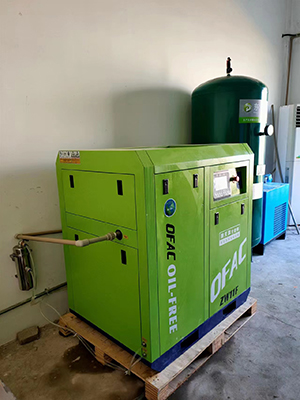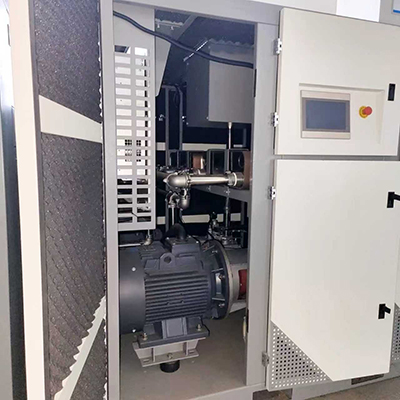normal pressure air compressor for painting projects to ensure consistent spray output
News 2025-10-24
In the realm of painting projects, achieving consistent spray output is essential for high-quality results and efficient operations. Normal pressure air compressors deliver air at standard levels, typically 100-150 psi, which atomizes paint uniformly. This prevents common issues like uneven coatings or defects, ensuring professional finishes in sectors such as automotive repair and furniture manufacturing. By maintaining steady airflow, these compressors enhance precision and reduce material waste, making them a staple in various painting applications.

Application Scenarios
Normal pressure air compressors are widely utilized in diverse painting environments. In automotive workshops, they power spray guns for respraying vehicle parts, delivering even layers that improve durability and aesthetics. Furniture production lines depend on them for applying finishes to wooden surfaces, avoiding imperfections like drips or blotches. Additionally, in industrial settings such as aerospace and construction, these compressors handle large-scale coating tasks, providing reliable performance for complex structures and contributing to project timelines and quality standards.
Performance Advantages
These compressors offer key benefits that optimize painting processes. They maintain constant pressure, minimizing variations that could disrupt spray consistency and lead to rework. Their efficient design often includes features like low noise operation and reduced energy consumption, which cut costs and support sustainable practices. Compact and easy to maintain, they adapt well to both stationary and portable setups, allowing seamless integration into different workflows and boosting overall productivity in painting tasks.
Importance in Industrial Processes
In industrial painting, normal pressure air compressors play a critical role in upholding quality and efficiency. They ensure uniform application, which enhances product longevity and meets regulatory standards, reducing the risk of failures or recalls. By controlling spray output, they minimize waste and exposure to hazardous materials, promoting safer work conditions. This reliability supports competitive manufacturing by streamlining operations and fostering innovation in coating technologies, ultimately driving better outcomes in sectors reliant on precise finishes.


